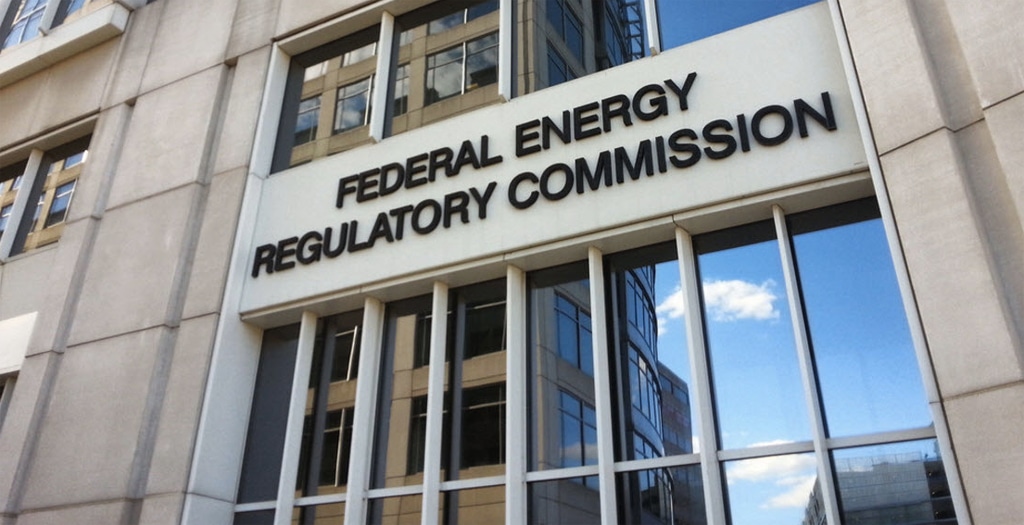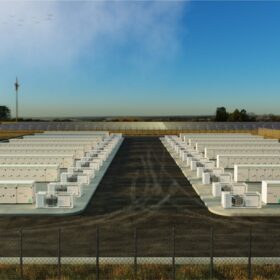Most Americans have never heard of the Federal Energy Regulatory Commission (FERC). The relatively obscure federal agency has jurisdiction over interstate electricity markets and oil and gas pipelines, as well as overseeing the function of grid operators and wholesale markets.
But though its workings are less understood by the general public, they are no less important. This is certainly true of today’s approval of a final rule requiring grid operators to revise regulations to allow for energy storage to participate in energy, capacity and ancillary services markets, which analysts say could remove barriers for the growth of this technology.
Grid operators will have the option to choose a minimum size for energy storage resources to participate, but this cannot be larger than 100 kW. And while the ruling gives significant leeway in how to design programs, they must allow energy storage to provide energy, capacity and ancillary services, allow these systems to set wholesale market prices when buying and selling electricity, and set rules which respect the physical and operational characteristics of energy storage systems.
Grid operators have one year to create market rules to allow the participation of energy storage, and another year to implement them.
Ravi Manghani, GTM Research’s director of energy storage, notes that as California, New York and the 10-state PJM Interconnection are already working through similar processes, the new rule will mostly affect three grid operators: Midcontinent System Operator (MISO), Southwest Power Pool (SPP) and the New England Independent System Operator (ISO-NE).
Manghani notes that GTM Research is still studying the new ruling and as such has not yet made any updates to its forecasts, but does note that it is likely to benefit energy storage markets in MISO, SPP and ISO-NE. The extent of that benefit will also depend on the details of the rules developed by grid operators.
And while the ruling will no doubt have benefits, energy storage is also making progress in areas outside FERC’s jurisdiction, such as Texas, the Mountain West and the South.
“Even in non-wholesale market geographies, we are seeing storage find its place, without being ordered to do so by FERC,” Manghani told pv magazine. As evidence of this, he notes that all three of Arizona’s large utilities are installing substantial energy storage.
The rulemaking also looked at the participation of aggregated distributed energy resources such as pooled rooftop PV and battery systems, however FERC decided that it needs more information before passing the proposed reforms. As such, FERC is opening a new process to study this issue, including a technical conference on April 10th or 11th.
Finally, today FERC also finalized a rule which will require that wind, solar and battery storage projects supply frequency response services when called upon to do so. This has long been required of conventional generation, and means that renewable energy and storage will share the task of maintaining a critical aspect of grid reliability.
This content is protected by copyright and may not be reused. If you want to cooperate with us and would like to reuse some of our content, please contact: editors@pv-magazine.com.









By submitting this form you agree to pv magazine using your data for the purposes of publishing your comment.
Your personal data will only be disclosed or otherwise transmitted to third parties for the purposes of spam filtering or if this is necessary for technical maintenance of the website. Any other transfer to third parties will not take place unless this is justified on the basis of applicable data protection regulations or if pv magazine is legally obliged to do so.
You may revoke this consent at any time with effect for the future, in which case your personal data will be deleted immediately. Otherwise, your data will be deleted if pv magazine has processed your request or the purpose of data storage is fulfilled.
Further information on data privacy can be found in our Data Protection Policy.